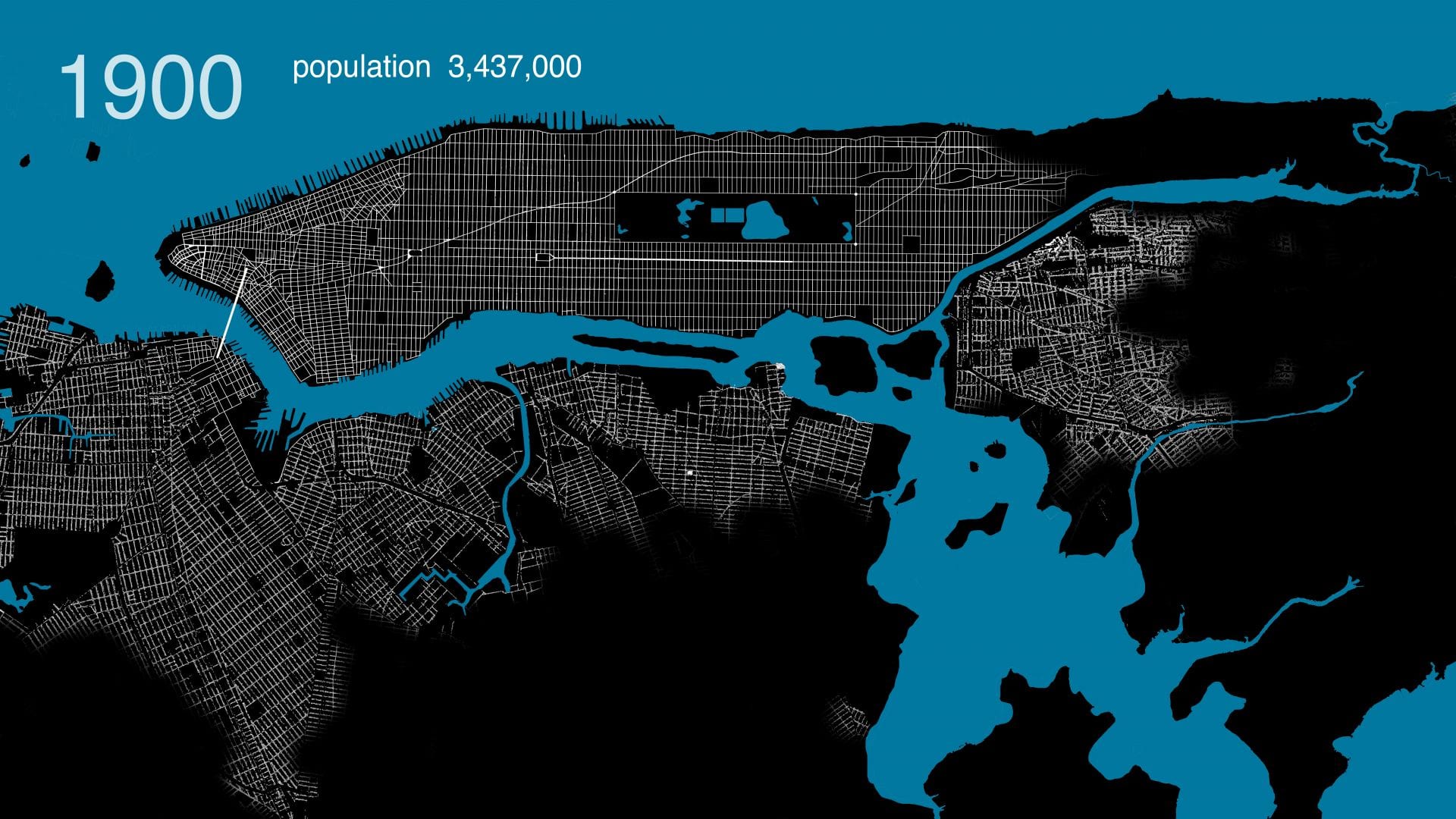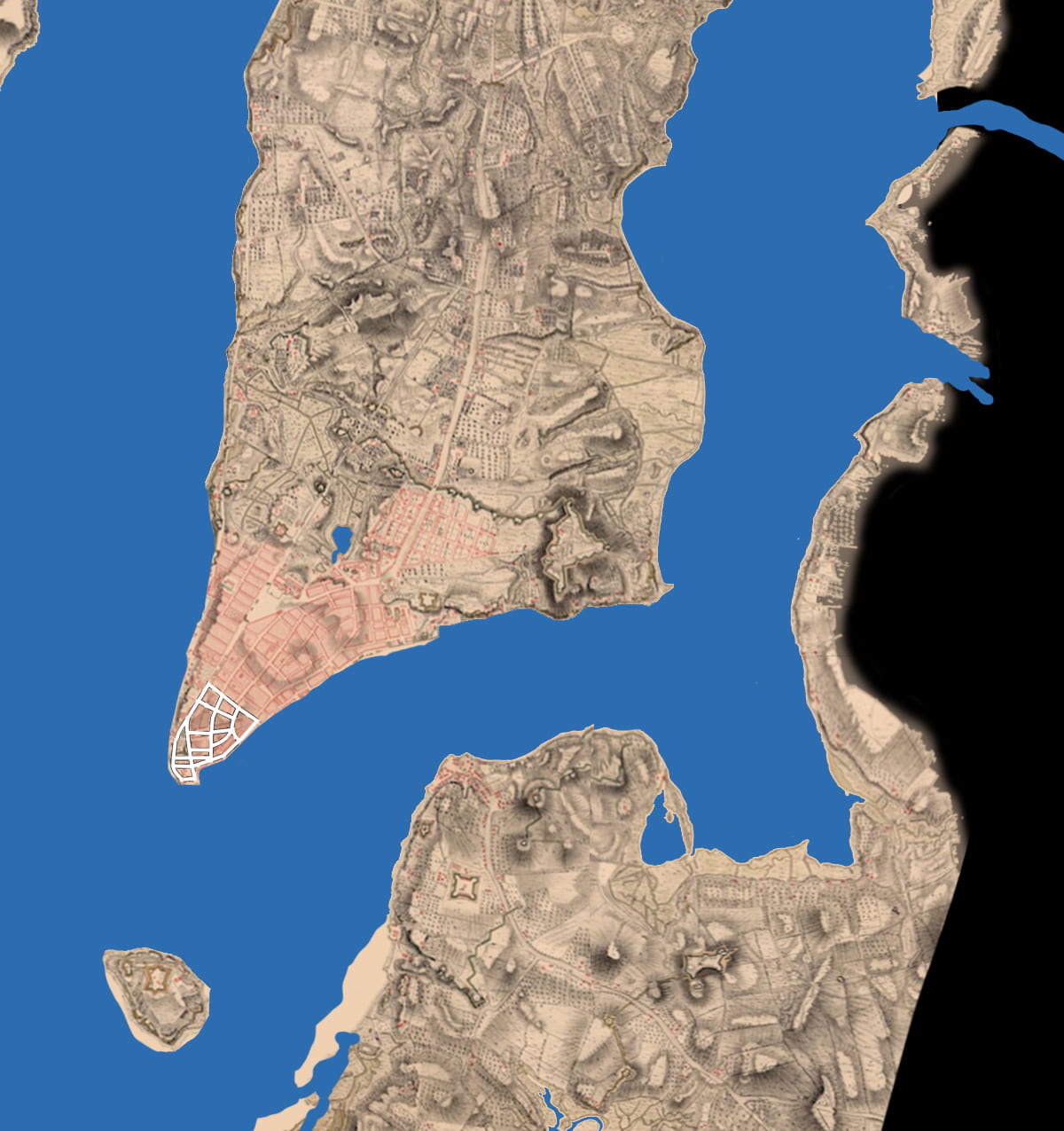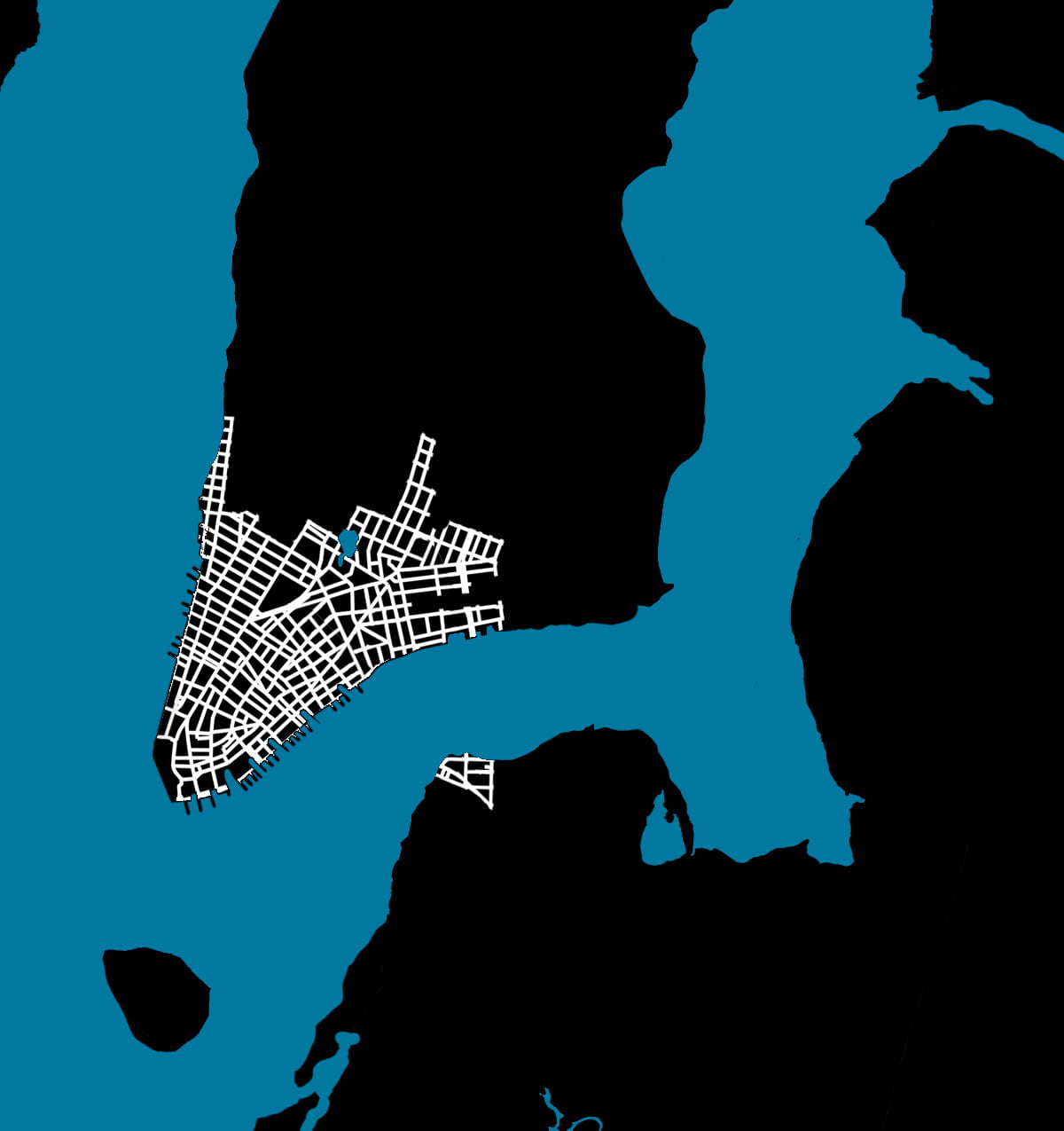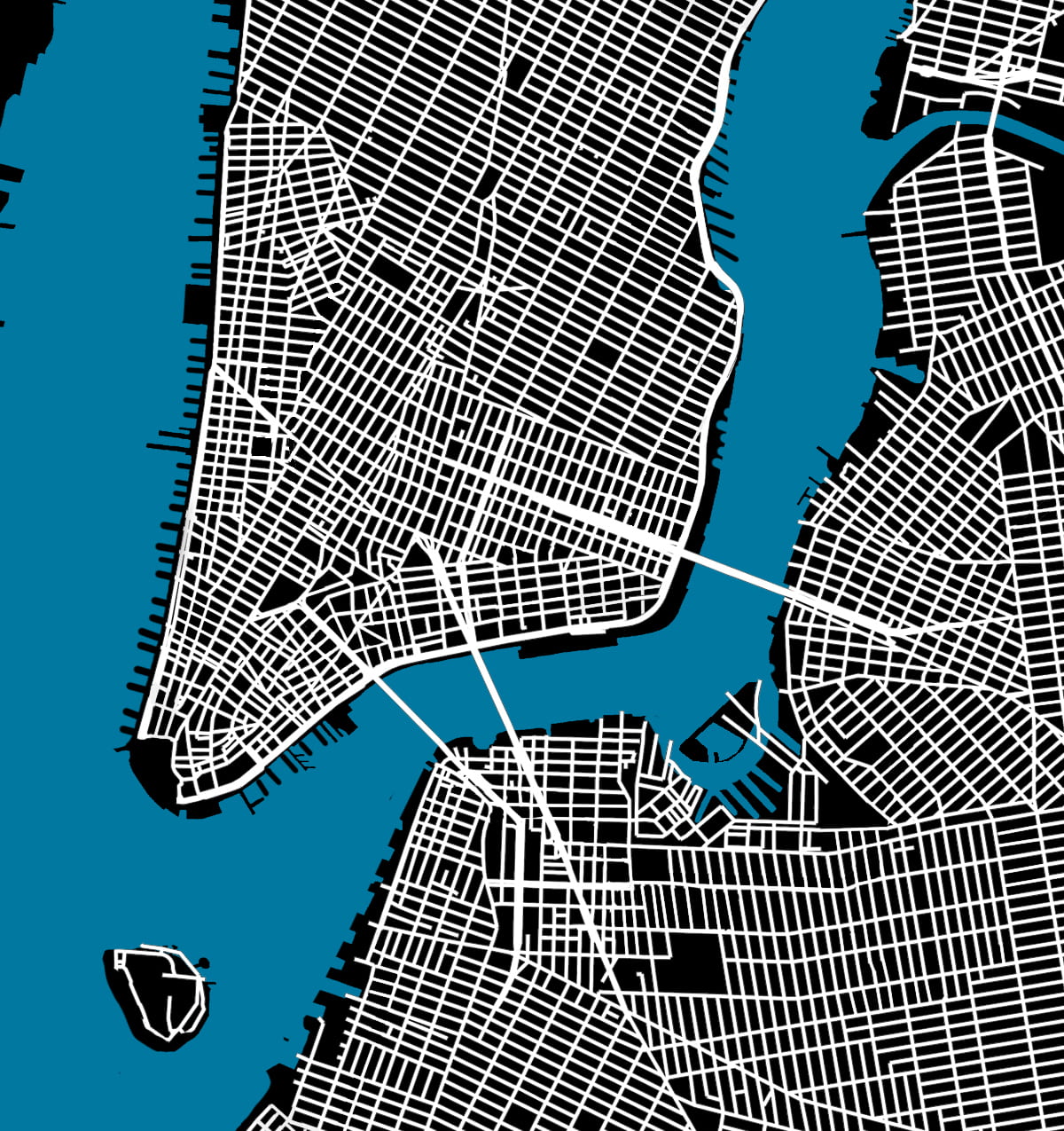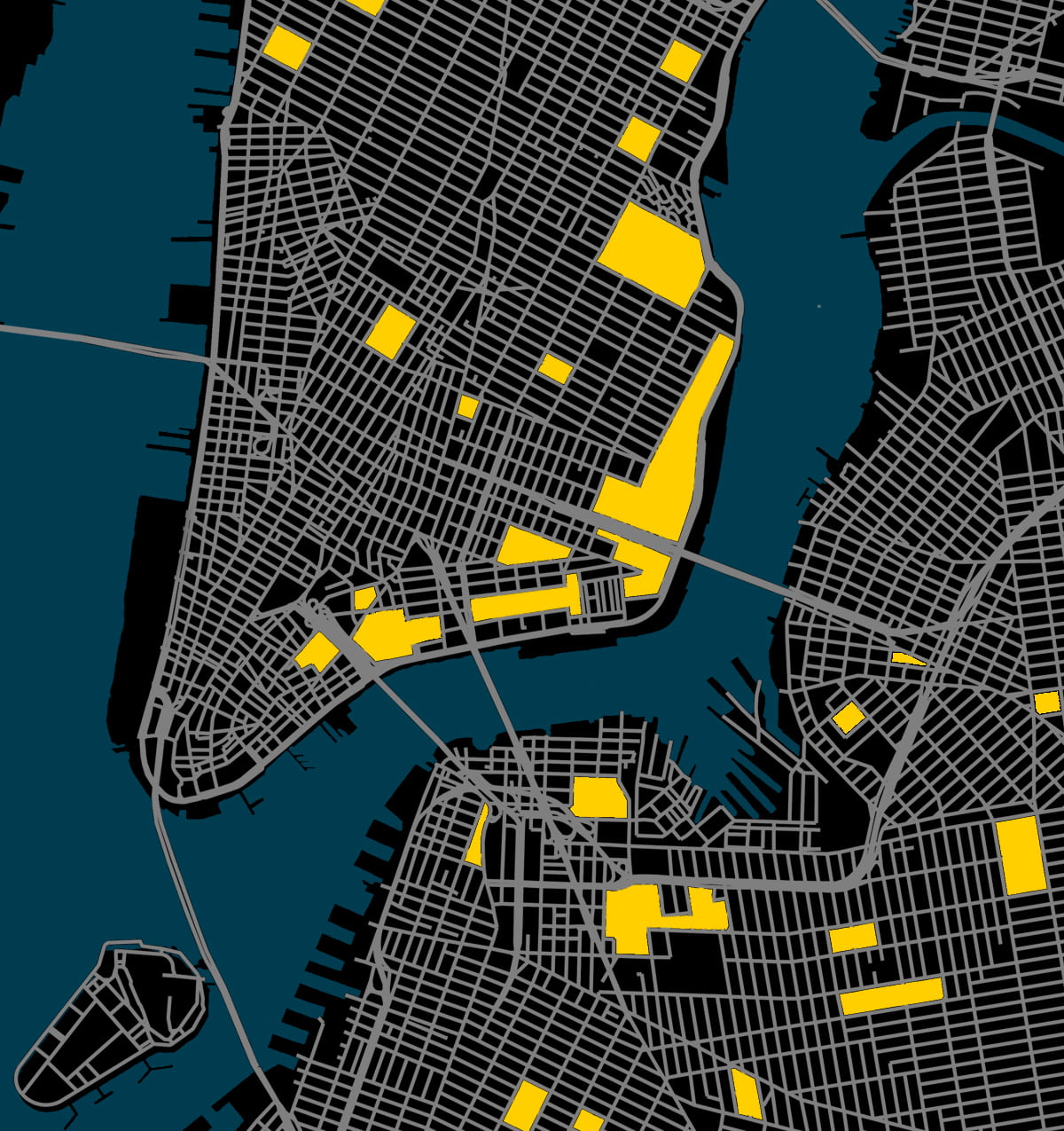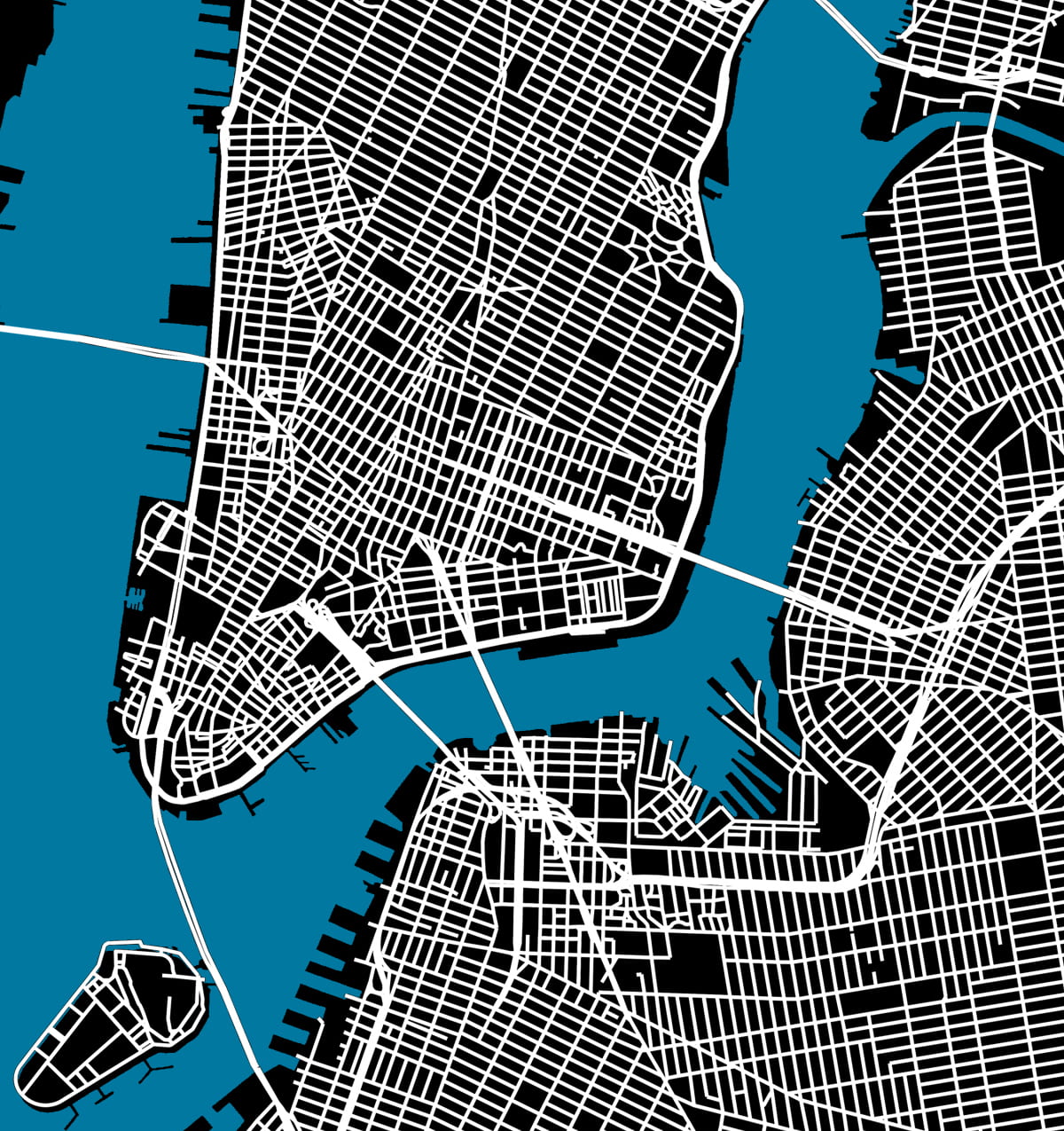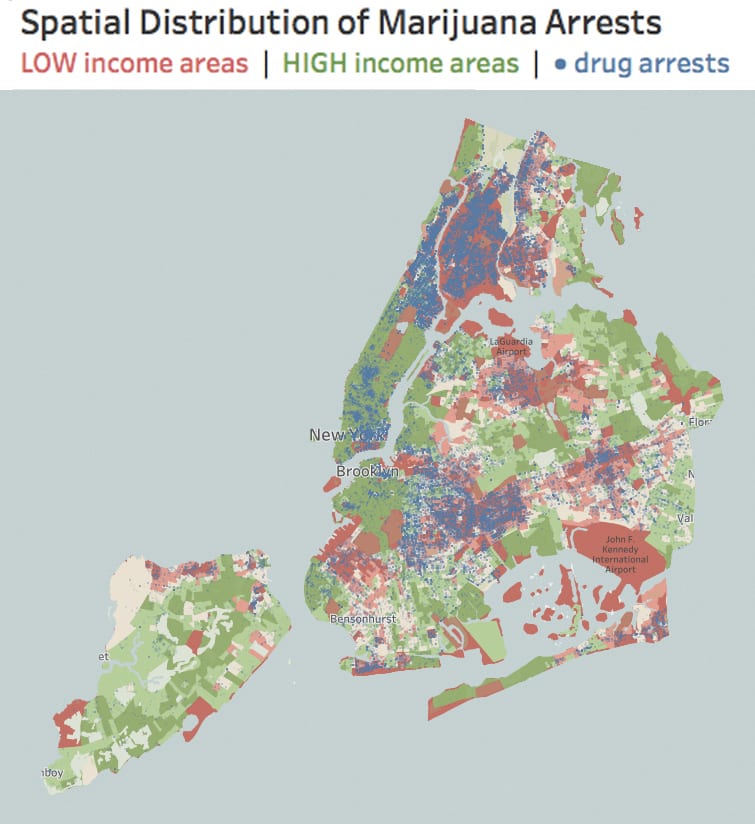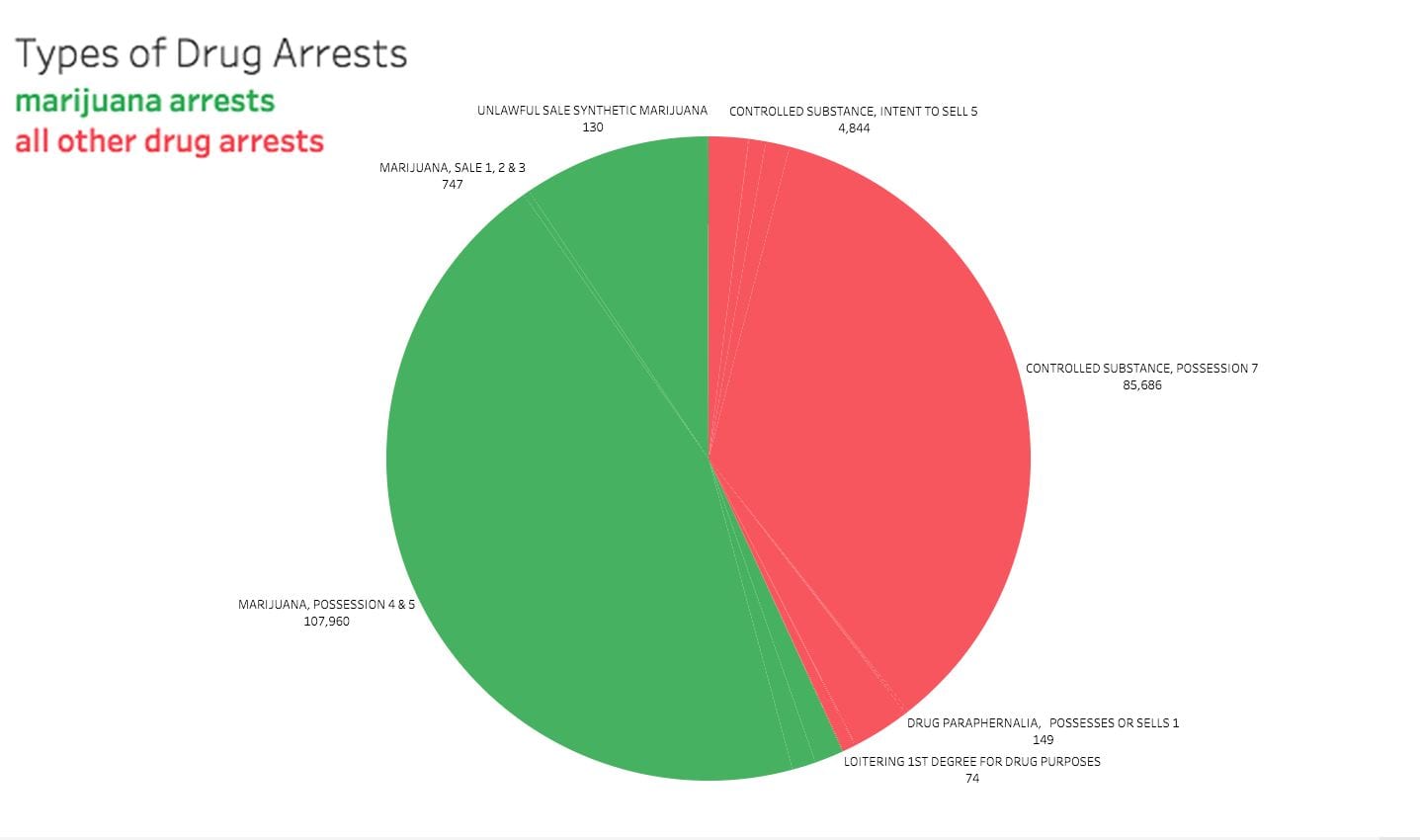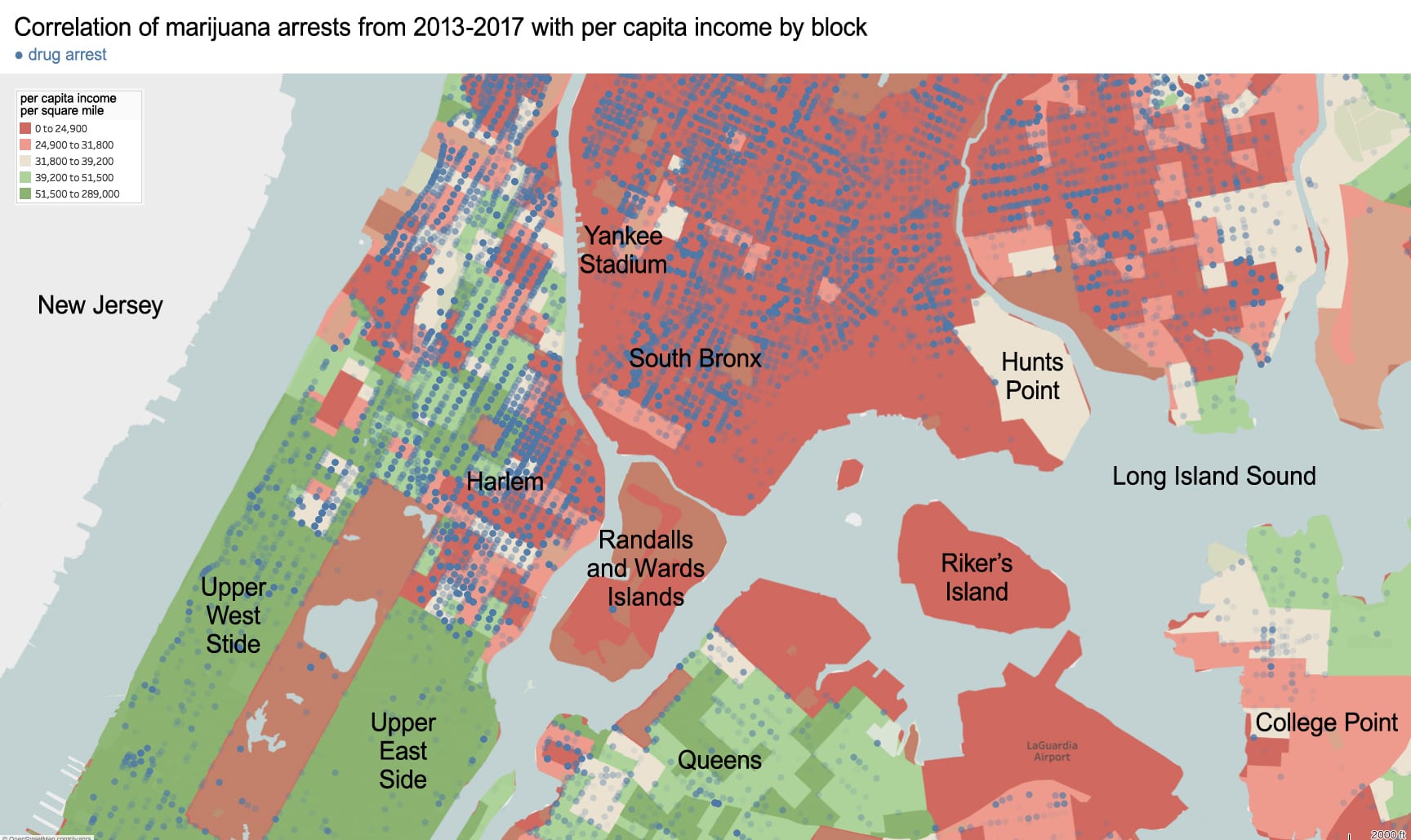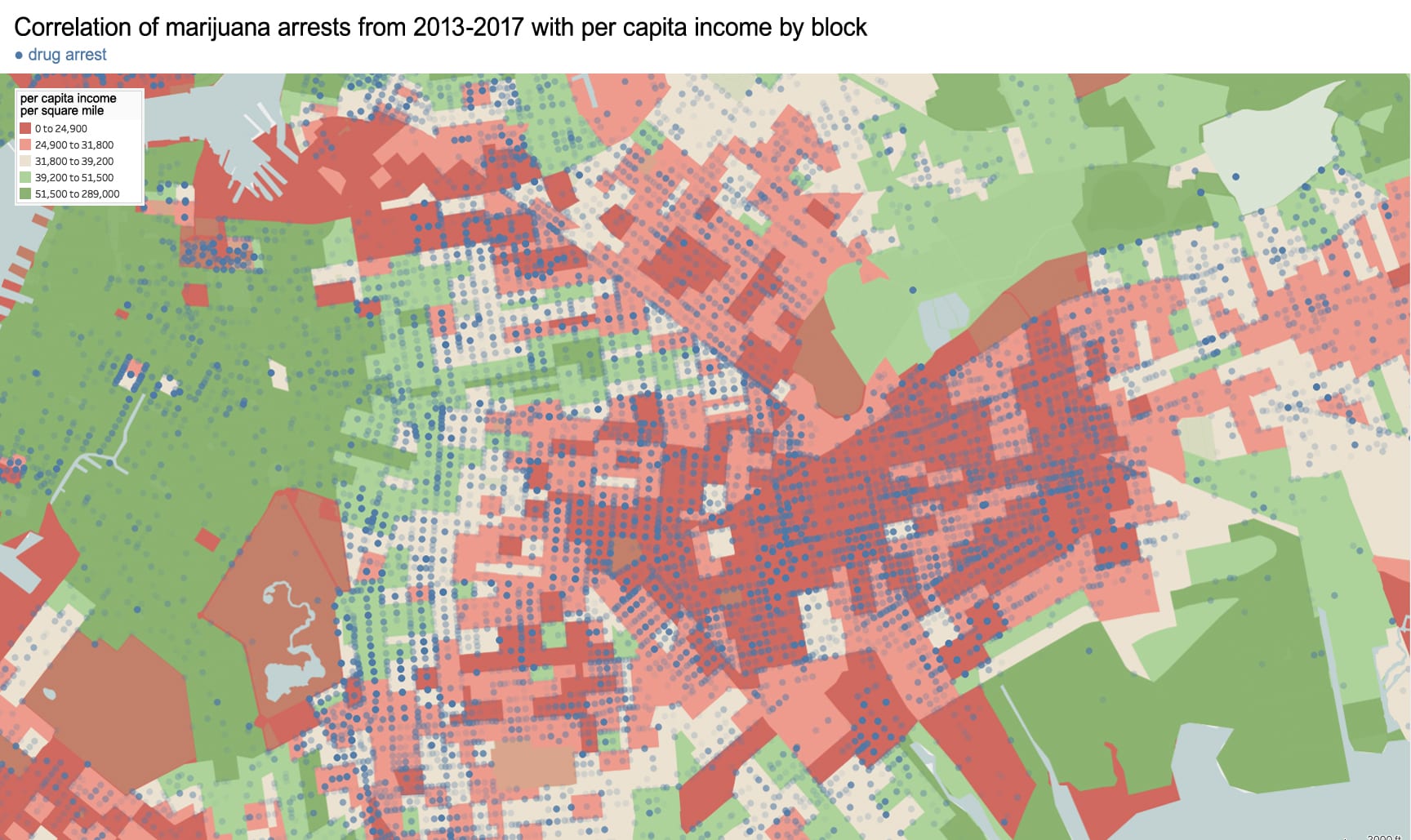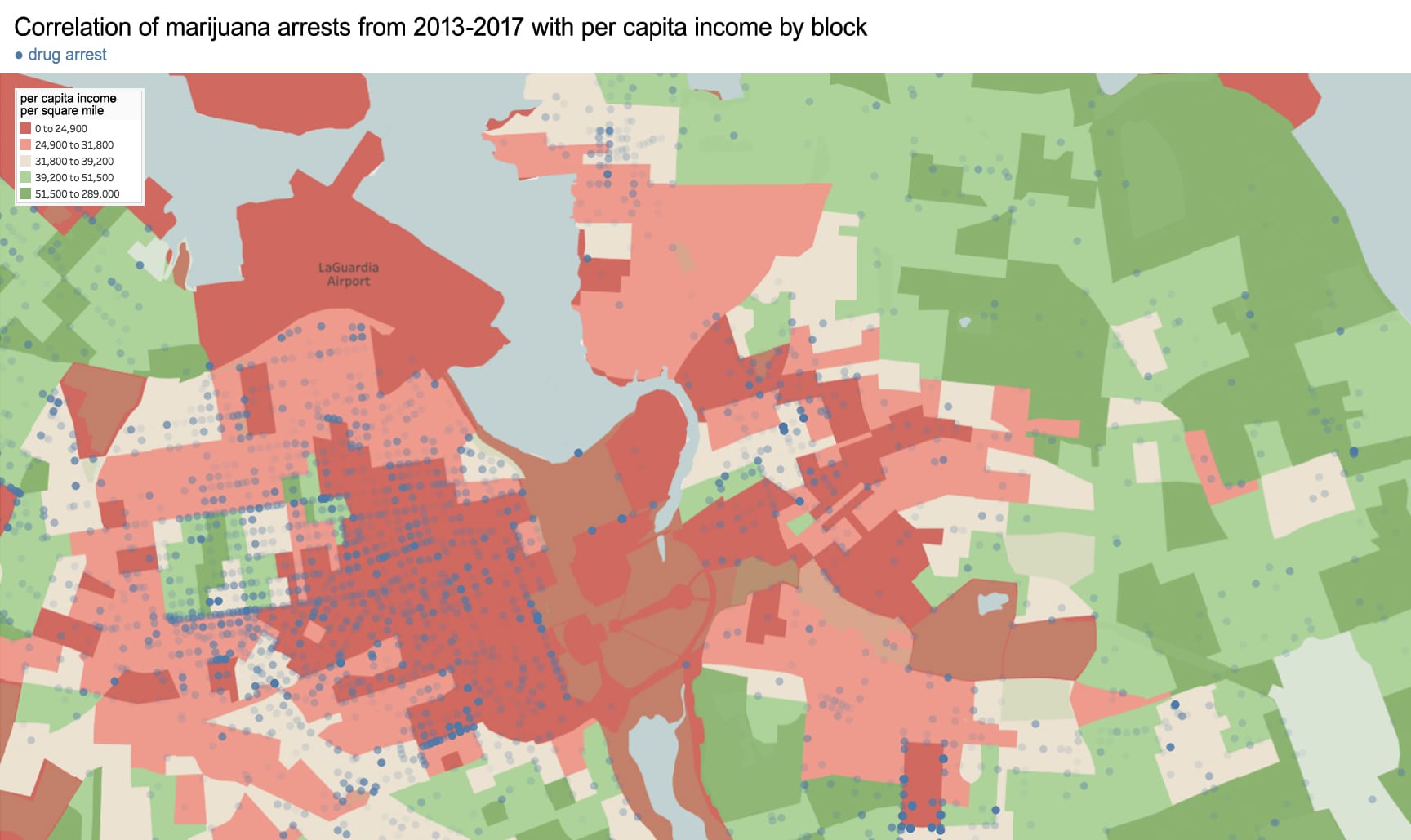California Waterscape animates the development of this state’s water delivery infrastructure from 1913 to 2019, using geo-referenced aqueduct route data, land use maps, and statistics on reservoir capacity. The resulting film presents a series of “cartographic snapshots” of every year since the opening of the Los Angeles Aqueduct in 1913. This process visualizes the rapid growth of this state’s population, cities, agriculture, and water needs.
.
Music: Panning the Sands by Patrick O’Hearn
.
Dams and Reservoirs
^ Created with open data from the US Bureau of Transportation Statistics and visualized in Tableau Public. This map includes all dams in California that are “50 feet or more in height, or with a normal storage capacity of 5,000 acre-feet or more, or with a maximum storage capacity of 25,000 acre-feet or more.” Dams are georeferenced and sized according to their storage capacity in acre-feet. One acre-foot is the amount required to cover one acre of land to a depth of one foot (equal to 325,851 gallons or 1.233 ● 106 liters). This is the unit of measurement California uses to estimate water availability and use.
.
.
Aqueducts and Canals
^ Created with open data from the California Department of Water Resources, with additional water features manually added in QGIS and visualized in Tableau Public. All data on routes, lengths, and years completed is an estimate. This map includes all the major water infrastructure features; it is not comprehensive of all features.
Method and Sources
The most important data sources consulted are listed below:
- Fire Resource and Assessment Program → Land use and urban development maps
(a pdf file imported as semi-transparent raster into QGIS) - California Department of Water Resources → Routes of aqueducts and canals
(shapefile) - Bureau of Transportation Statistics → Dam and reservoir data
(csv file with lat-long values) - USGS Topo Viewer → Historic aqueduct route and land use maps
- U.S. Census Bureau → Estimated California population by year
- Consult the research methodology and bibliography for complete details.
This map excludes the following categories of aqueducts and canals:
- Features built and managed by individual farmers and which extend for a length of only a few hundred feet. These features are too small and numerous to map for the entire state and to animate by their date completed. This level of information does not exist or is too difficult to locate.
- Features built but later abandoned or demolished. This includes no longer extant aqueducts built by Spanish colonists, early American settlers, etc.
- Features created by deepening, widening, or otherwise expanding the path of an existing and naturally flowing waterway. Many California rivers and streams were dredged and widened to become canals, and many more rivers turned into “canals” remain unlined along their path. Determining the construction date for these semi-natural features is therefore difficult. So, for the purposes of simplicity and to aid viewers in seeing only manmade water features, these water features are excluded.




